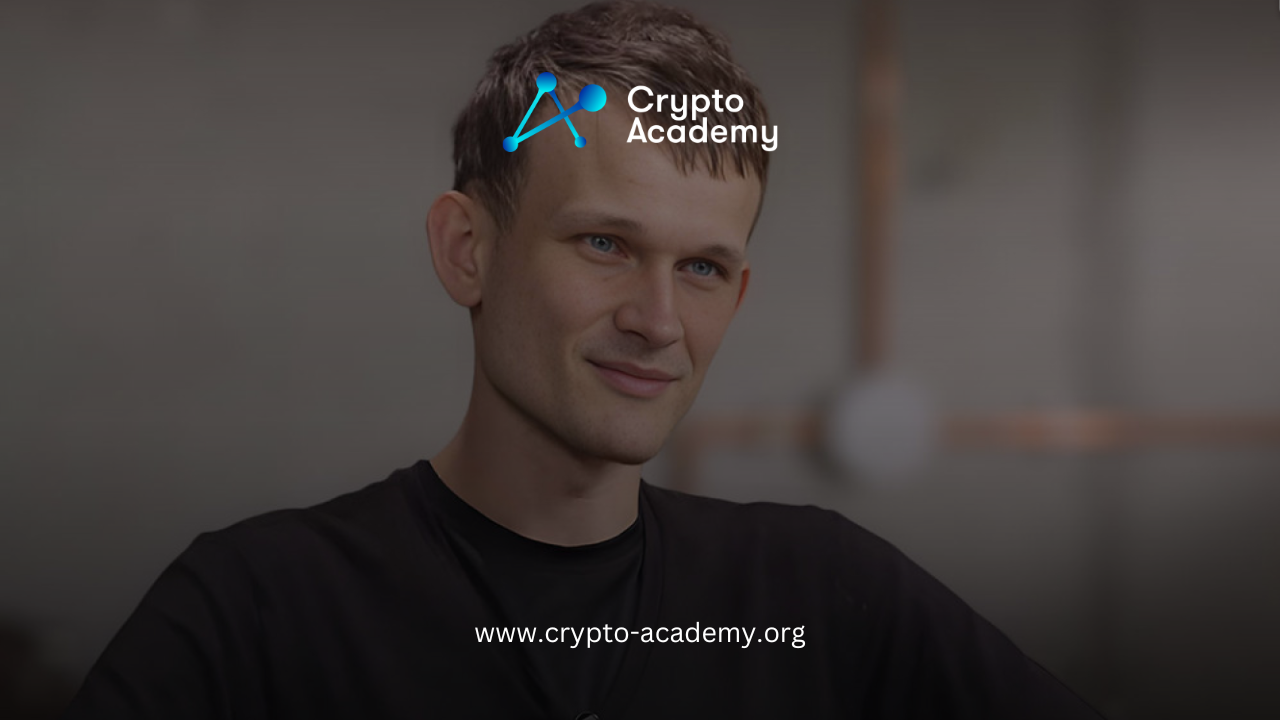Vitalik Buterin on the Cultural Significance of Ethereum Layer-2 Solutions

Vitalik Buterin views Ethereum layer-2 solutions as cultural hubs that foster diverse subcultures, enhancing the ecosystem’s growth.
Vitalik Buterin, the creator of Ethereum, recently shared his insights on the role of Ethereum layer-2 (L2) solutions, describing them as more than just scaling tools. In a May 29 blog post, Buterin emphasized that L2s have become vibrant spaces for various subcultures within the Ethereum ecosystem. These subcultures extend the functionality and community of Ethereum beyond what the main chain can achieve alone.
Diverse Subcultures Thrive on Layer 2s
According to Buterin, Ethereum layer-2 blockchains are not solely about enhancing technical performance. They also serve as fertile ground for diverse crypto subcultures. These subcultures contribute to the growth and evolution of the Ethereum ecosystem, each bringing its unique focus and perspective.
Among these groups are the old-school cypherpunks, who want to build infrastructure and tools without dictating their use. Then there are the philanthropic “regens,” who prioritize providing public goods for the community. On the other end of the spectrum, the speculation-driven “degens” are keen on profiting from trending meme coins and nonfungible tokens (NFTs).
These varied subcultures, first identified by Ethereum researcher Prof. Paul Dylan-Ennis, lead to different approaches in scaling, virtual machine design, and application development. Buterin pointed out that these cultural dynamics make layer 2s an exciting arena for innovation and action.
The Impact of Design Decisions
While the diversity of subcultures on layer 2s is beneficial, Buterin cautioned that blockchain developers need to be mindful of the audiences they attract. He warned that design decisions aimed at appealing to specific groups might inadvertently exclude others. For instance, if a blockchain gains a reputation as a “casino chain,” it could struggle to attract applications outside of that niche.
Furthermore, these chains might find it challenging to draw in core developers and researchers who are not motivated by mercenary interests. Thus, it’s crucial for developers to consider the broader implications of their design choices to ensure a balanced and inclusive ecosystem.
Buterin remains optimistic about the future of Ethereum layer-2 solutions, advocating for a concept he calls “cultural pluralism.” This approach promotes the coexistence of various subcultures, each contributing to different aspects of the ecosystem. By allowing one group to focus on core development and another on expanding the ecosystem’s edges, Ethereum can benefit from a more holistic growth.
He noted that Ethereum’s layer-2 solutions have already seen the emergence of unique cultural specialties. For example, more women are taking leadership roles at Optimism, while ZKSync strives to balance being both cypherpunk and user-friendly. Despite the challenges posed by potential clashes between these subcultures due to differing incentives, Buterin is confident that these issues can be resolved over time.
In his blog post, Buterin acknowledged that Ethereum is still an ongoing experiment. He expressed his excitement about the ecosystem’s willingness to tackle complex problems directly. By fostering an environment of cultural pluralism and encouraging diverse subcultures to thrive on layer-2 solutions, Ethereum can continue to innovate and grow in unprecedented ways.

Comments are closed.